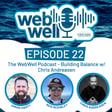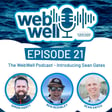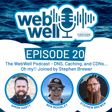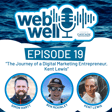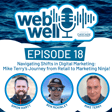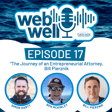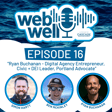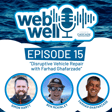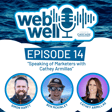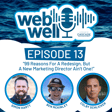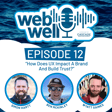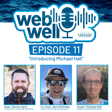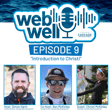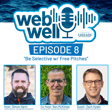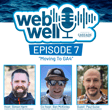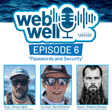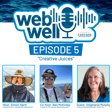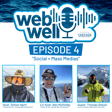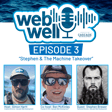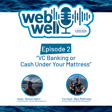
The WebWell Podcast, Episode 10 - "Products"
We welcome Stephen back for Episode 10 to talk about the products we’re working on. In this episode, we shed some light on how the team at Cascade approaches our services and products. We will discuss the differences between the two and how as a company this has evolved over the years.
Stephen will introduce a few features like Multisite, Visual Editor, Language Module, and AI-Assisted Editor. We talk about why Cascade isn’t quick to chase the next bell or whistle but instead, is thoughtful about how we spend our innovation time, and how instead we work with our clients to break down barriers with technology.
Grab a cup of coffee or set your cruise to the speed limit and enjoy.
We'd love to hear your comments or product stories as well. Email - webwell@cascadewebdev.com We look forward to hearing from you!
